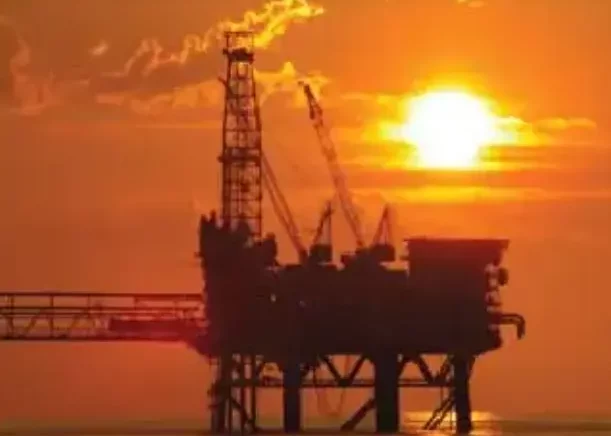Offshore structures comprise fixed platforms, mobile rigs, sub-sea pipelines, mooring buoys, harbours, and jetties. These are made of steel, but sometimes of concrete. All categories need cathodic protection to prevent the steel corroding in sea water. Full cathodic protection requires that all points of the steelwork have steel/sea-water potentials more negative than -0.8 V wrt Ag/AgC1.
The protective current necessary may be provided by the use of electronegative materials such as magnesium, zinc or aluminium (sacrificial-anode cathodic protection), or alternatively by the use of relatively inert anodes with an external direct-current power source (impressed-current cathodic protection).
Cathodic protection in conjunction with protective coatings is a common method used to protect immersed parts of steel surfaces from corrosion. These ABS Guidance Notes on Cathodic Protection of Offshore Structures offer detailed recommendations on cathodic protection for offshore structures.
Traditional seagoing vessels dock at regular intervals, but offshore structures such as Floating Production Storage and Offloading structures (FPSOs) are stationary and are in continuous operation for long periods of time. Therefore, the design of the corrosion protection for a 15-year or longer service life of a floating offshore structure is considered in these Guidance Notes.
Some Floating Production Installations (FPIs) have hull designs similar to oil tankers, especially those converted from oil tankers. Others are designed and built as floating production platforms. Cathodic protection systems are to consider the structure to be protected as a whole as well as individual components which are attached to the structure.

